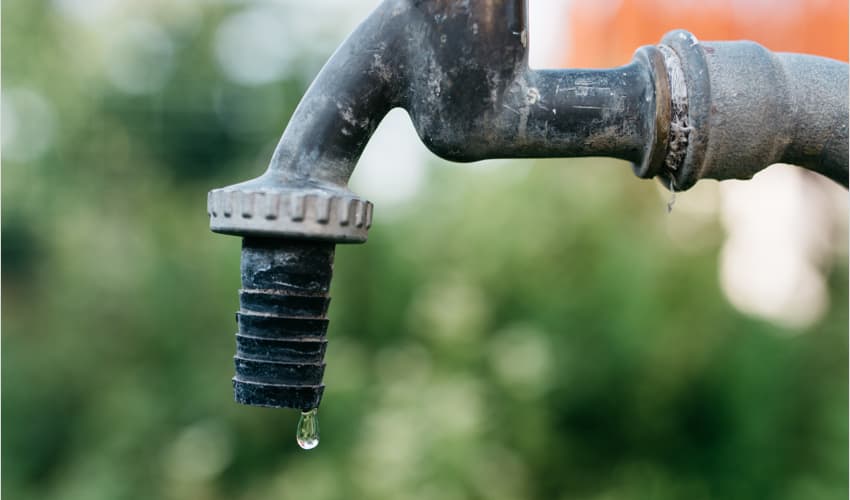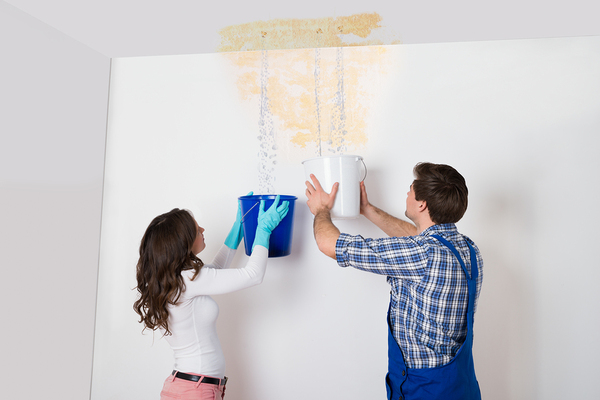Were you on the lookout for help and advice about Common Water Leaks In House?

Leaks not only create waste of water yet can additionally trigger unneeded damage to your home and also advertise unwanted natural development. Water leakages might go undetected because many of the pipework in our home is concealed. By looking and recognizing for everyday circumstances that create leaks, you can secure your home from future leaks as well as unneeded damage. Today, we will certainly consider six leakage triggers that may be triggering your pipelines to drip.
Elbowing in roots
The majority of water leakages begin outside the house rather than inside it. You might notice wet patches or sinkholes in your yard, and that might mean that tree roots are invading water lines causing water to seep out.
Rusty water supply
This could be the cause of staining or bending on your water pipelines. If our plumbing system is old, take into consideration changing the pipes considering that they are at a higher danger of rust than the newer models.
Defective Pipeline Joints
Pipeline joints can weaken over time, resulting in water leakages. If you have loud pipes that make ticking or banging sounds, especially when the hot water is transformed on, your pipe joints are possibly under a whole lot of pressure.
Instantaneous temperature level changes.
Severe temperature adjustments in our pipelines can create them to broaden and also contract suddenly. This growth and tightening may trigger fractures in the pipes, particularly if the temperature level are listed below freezing.
Poor Water Connectors
At times, a leakage can be triggered by loosened hoses and pipes that provide your devices. In situation of a water links leak, you may see water running directly from the supply line or pools around your devices.
Blocked Drains
Obstructed drains may be aggravating and inconveniencing, yet they can often wind up causing an overflow causing rupture pipelines. Keep getting rid of any type of materials that may drop your drains pipes that can clog them to prevent such aggravations.
All the above are sources of leakages but not all water leakages arise from plumbing leakages; some leaks might come from roof covering leakages. All leaks should be fixed right away to avoid water damages.
Leaks not just trigger waste of water but can additionally cause unnecessary damage to your house as well as promote undesirable organic development. By looking and also understanding for day-to-day circumstances that create leakages, you can safeguard your house from future leaks and also unnecessary damages. Today, we will look at 6 leakage creates that may be creating your pipes to drip.
At times, a leak can be caused by loosened hoses and pipes that supply your home appliances. In case of a water connections leakage, you might see water running directly from the supply line or puddles around your appliances.
How To Check For Water Leak In Your Home
How To Check for Leaks
The average household's leaks can account for nearly 10,000 gallons of water wasted every year and ten percent of homes have leaks that waste 90 gallons or more per day. Common types of leaks found in the home are worn toilet flappers, dripping faucets, and other leaking valves. These types of leaks are often easy to fix, requiring only a few tools and hardware that can pay for themselves in water savings. Fixing easily corrected household water leaks can save homeowners about 10 percent on their water bills.
To check for leaks in your home, you first need to determine whether you're wasting water and then identify the source of the leak. Here are some tips for finding leaks:
Take a look at your water usage during a colder month, such as January or February. If a family of four exceeds 12,000 gallons per month, there are serious leaks.
Check your water meter before and after a two-hour period when no water is being used. If the meter changes at all, you probably have a leak.
Identify toilet leaks by placing a drop of food coloring in the toilet tank. If any color shows up in the bowl after 10 minutes, you have a leak. (Be sure to flush immediately after the experiment to avoid staining the tank.)
Examine faucet gaskets and pipe fittings for any water on the outside of the pipe to check for surface leaks.
Undetected water leaks can happen without the home or business owner even realizing. If you suspect a water leak, but not able to find the source. It is time to contact a professional water leak detection service, The Leak Doctor.
How To Find a Water Leak In Your Home
https://www.leakdoctor.com/blog/How-To-Check-For-Water-Leak-In-Your-Home_AE197.html

Do you enjoy reading up on How Fast Water Damage Can Ruin Your Home? Place a comment down the page. We'd be pleased to hear your insights about this article. Hoping that you visit us again soon. Appreciated our post? Please share it. Help another person find it. I praise you for your time. Visit again soon.
Fast service, dial quick!